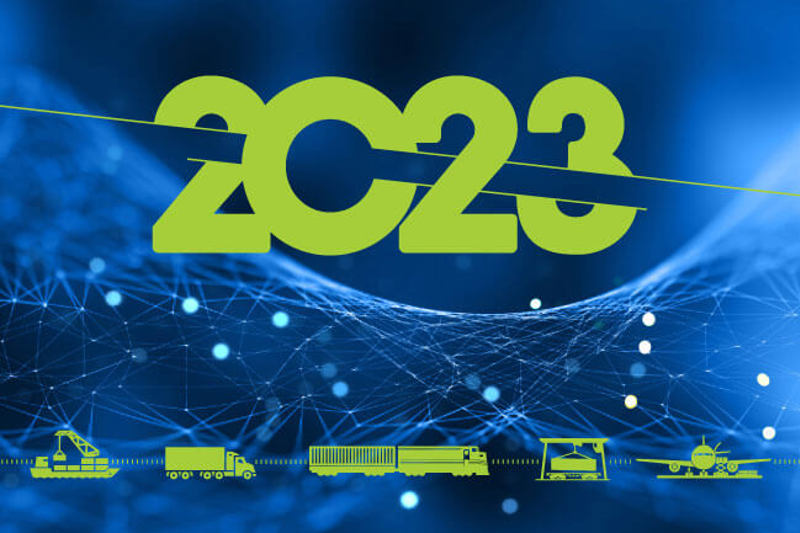As the closing of 2022 nears, the effects of key global events throughout the year—such as the war in Ukraine, energy crisis and looming rail strike in the U.S.–are heavily influencing how supply chain executives are approaching 2023. With companies of all sizes feeling vulnerable to the looming unpredictability of what is in store for next year, supply chain technology is helping executives spearhead building resilient supply chains for their operations. By leveraging the rapidly changing technology landscape to their own advantage, executives can work ahead of the fluctuating trends.
Artificial intelligence and machine learning continue to show great potential
The potential of both AI and ML remain largely untapped. Currently, our world remains heavily paper based, and a lot of the industry knowledge and processes still live in people’s heads. On top of that, many supply chain leaders still look to antiquated, industrial processes when evaluating their own productivity. With ML/AI, there are so many applications of it showing progress in systemizing this information and bringing organizations to the next level.
The core principle for logistics is harnessing straight-through processing (STP), where there is no human intervention needed for 99.5% of operations. Automation already exists with delivery vehicles, dark warehouses and even in some port terminals, but the future of the logistics industry is automation working in tandem with STP and ensuring the systems have the knowledge.
There are areas, however, that cannot be automated, including anything that requires human touch. The human component of working with suppliers cannot be replaced, as relationship building, responsiveness and being likeable with stakeholders throughout the processes play a key role in business success.
Supply chain optimization has a long way to go
Supply chains are still struggling to be optimized. A good example would be the trucking industry where more than 80% of companies are mom and pop operations that aren’t quite plugged in to the latest tech on the market. Cutting edge technology isn’t only reserved for the industry big dogs anymore. Companies, like Blume, recognize the importance of creating access to technology for companies at all levels—no matter how big or small.
Many technologies experience a hype cycle, and visibility is one of them. Having worked through several major recessions in my career, visibility pops up repeatedly. Whenever the economy is in a growth period, and when demand is greater than supply, organizations make a point to focus on visibility. However, in recession, visibility phases out, which is an area we are entering now with demand experiencing issues, not supply. A good example would be the “.com” boom in 2000, where a lot of visibility companies popped up, and by the time we were in 2002, a lot of the companies faded. However, the companies that provided true optimization and solutions fared well.
Some companies and technologies make it out of the hype cycle, and some don’t.
Visibility will be expected out of execution platforms
In 1995, the ethernet was not standard on PCs, and those who wanted to be tapped into the access the internet had to purchase an adapter made by several companies at the time for the capability. By the mid-2000s, laptops and desktop computers all came standard with ethernet capabilities, and those companies faded out.
The future for visibility is very similar. The evolution of visibility will make it ubiquitous, and part of every supply chain planning and supply chain execution system. It will not exist as an independent product. It’s the perfect storm for visibility, especially since execution platforms and orchestration platforms can already provide visibility to begin with.
10 years from now, will we be talking about visibility the same way we are now? Probably not. Chances are it will already be built into all the technology used throughout supply chain and logistics processes.
contact us
Contact Us

